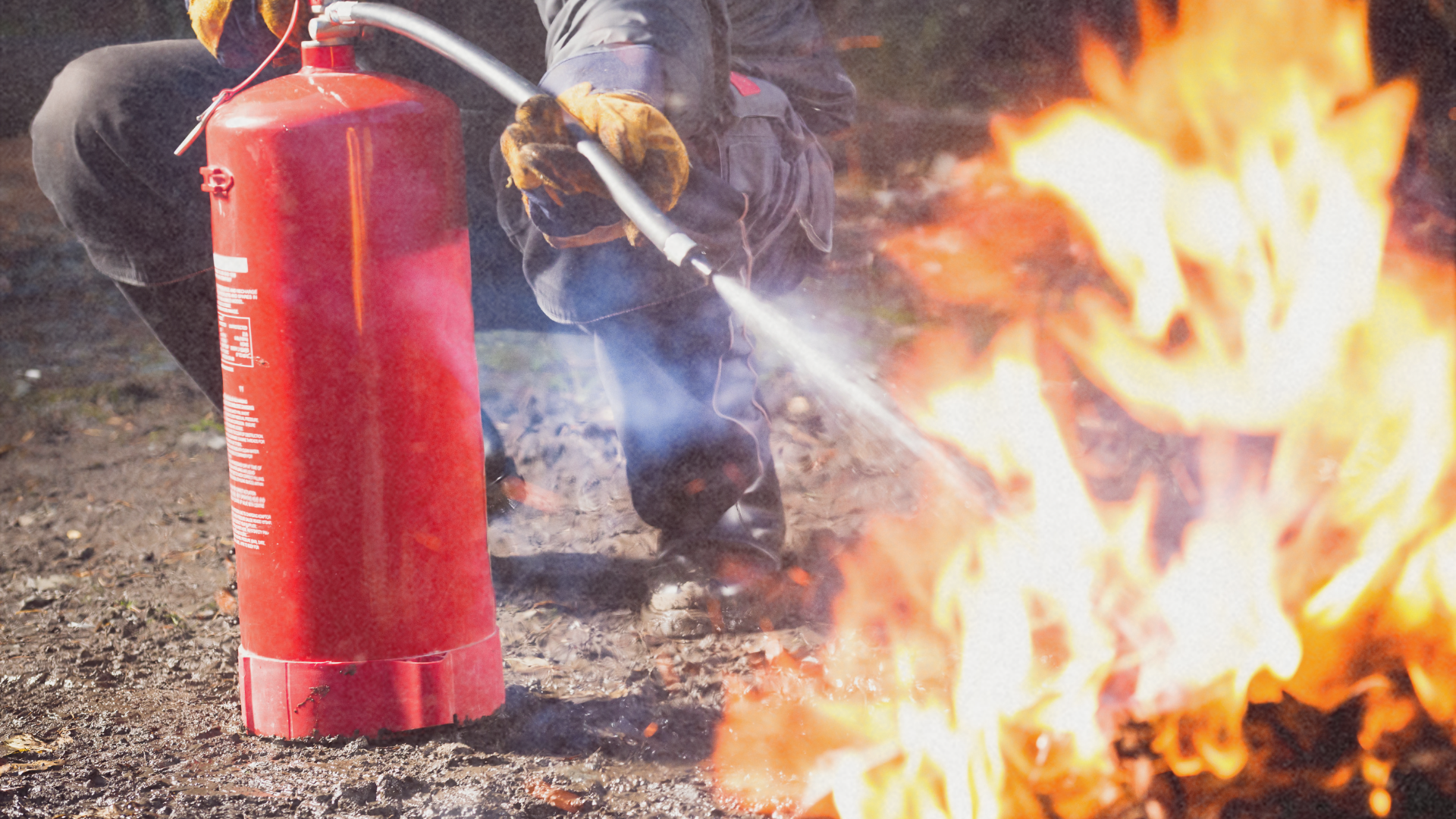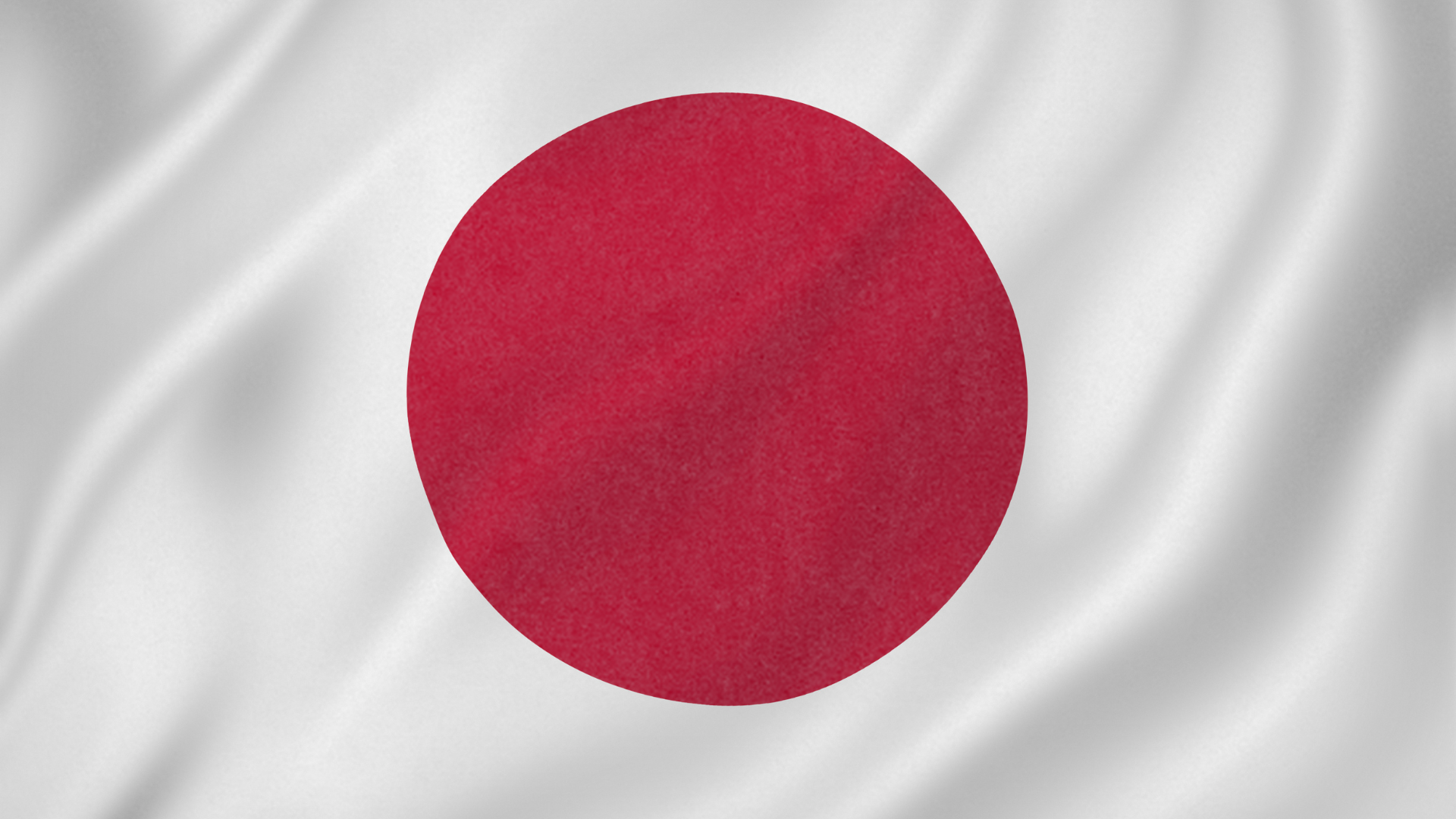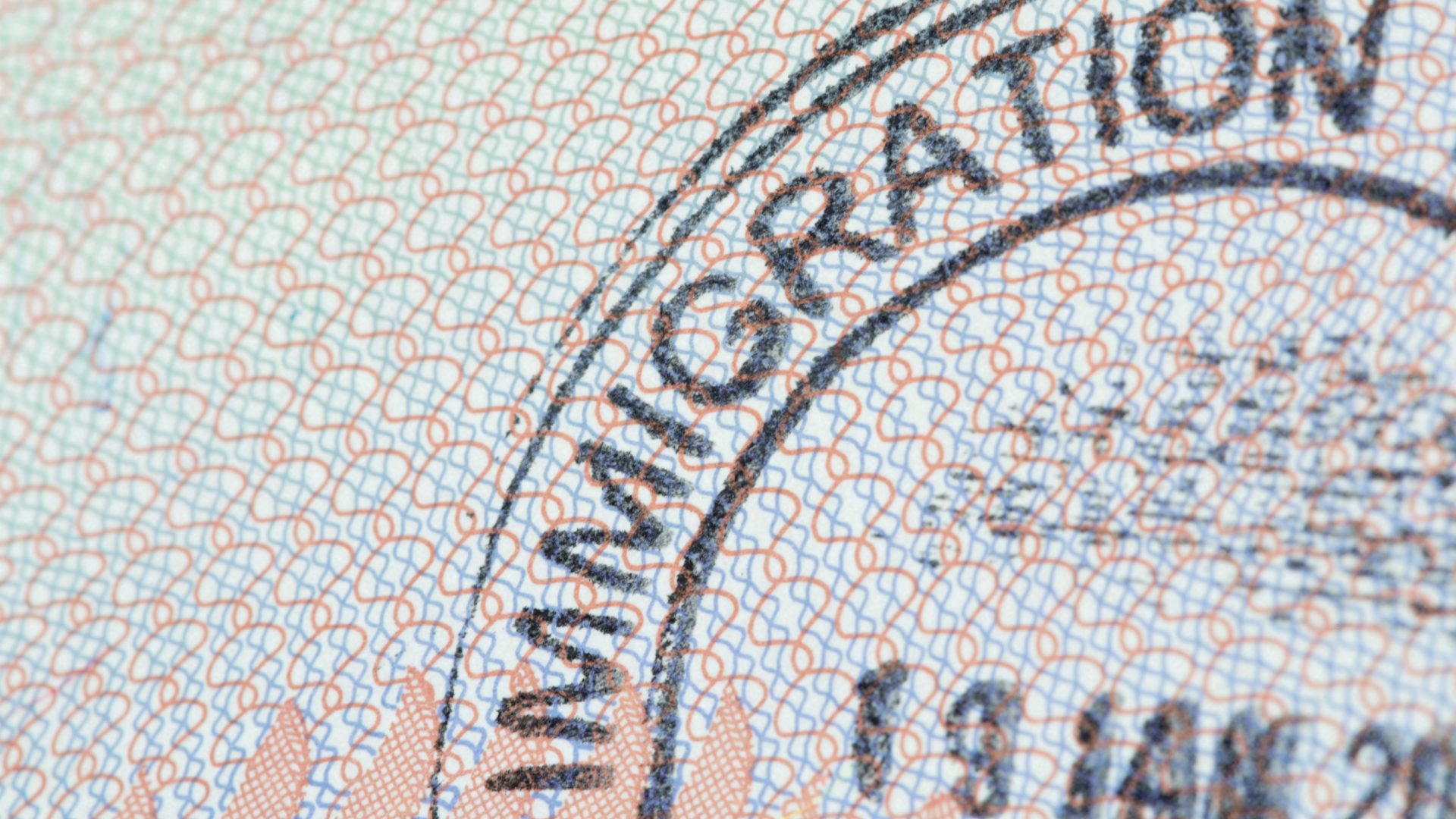Two days before Typhoon Yolanda slammed into the Visayas region, the weather was calm, according to a few residents in Tacloban City, Leyte.
“Mainit pa nung Wednesday the whole day. Nung Thursday naman, ganun din, mainit sa umaga. Sa hapon, paulan-ulan lang…Ang usual namin dito na ano, na bagyo, ordinary kuwan lang ba ang bagyo ba hindi mo masyado maano na ganito mangyayari (It was hot on Wednesday the whole day. On Thursday, it was the same, it was hot in the morning. In the afternoon, there was a bit of rain…The usual typhoon we have here is an ordinary typhoon, you wouldn’t expect this would happen),” Engineer Rebecca Galing Yuse, a government official, said.
Overseas Filipino worker Emelita Nuevas of Palanog in Tacloban City also recounted, “Kasi parang hindi malakas nung gabi, November 7 dito ng gabi, parang walang ulan, walang hangin. Tapos nung November 8 ng alas siyete ng umaga, dun na nagsimula ang malakas na ulan, malakas na hangin at saka yung tubig biglang tumaas. Yung dagat, biglang parang tsunami ba. Pumunta muna dun sa ano yun, sa malalim. Pagbalik, mataas na alon (Because it wasn’t strong that night, November 7, there seemed to be no rain, no wind. Then on November 8 at 7 a.m., heavy rain poured, then came strong winds, and then the water suddenly rose. The ocean, suddenly, had what seemed like a tsunami. It first went to the deep part. When it came back, the waves were already high).”
Another resident of the city, Ivano Mark of Barangay 49, confirmed this. “Ang akala ng lahat, bagyo lang. Pero mayroon nang nag-aano ng tataas talaga ang tubig, hindi lang nila iniinda kasi sa kanilang isip yung bagyo lang (Everyone thought it was just a simple typhoon. But there were people saying that the water will rise, but they didn’t pay attention because they thought that it was just a simple typhoon).”
So in spite of media reports, many of them still assumed it was just an ordinary typhoon that would hit their province. Only to find out too late that their assumptions were wrong.
Nuevas said, “Buhay naman kaming lahat, pero walang bahay…Nasira yung bahay namin, bahay ko. Balikbayan po ako. Nandito po ako para magbakasyon. Pero hindi nga maganda na bakasyon kasi nga nag-typhoon. Wala akong… kahit nga pagpahinga wala kasi wala na akong bahay, sira (We are all alive, but we no longer have a house…Our house was destroyed, my house. I’m an OFW. I’m here for a vacation. But it’s not a nice vacation because of the typhoon. I don’t even get to rest because we don’t have a house, destroyed).”
Her family tucked into safety, Engr. Yuse meanwhile lamented over the lack of food at home. “Wala kaming pagkain, kulang kami ng bigas. Hindi naman namin akalain na ganito. May pambili ka, wala kang mabibili (We don’t have food, we lack rice. We didn’t expect it was going to be like this. You have money, but you have nothing to buy).”
She said it’s risky for them or for her daughters to travel down the long road to other towns or cities just to buy food. So six days after the super typhoon, she decided to have her family picked up by her niece’s office rescue group to take them to safety in Manila, while she remained in the battered city to continue her government work.
Preparations in place
In times like this, advance government preparations for impending disaster are oftentimes put into question, but these residents agreed their local government made preparations ahead of the super typhoon.
“Meron na, nag-preempt evacuation kami. Tuesday, Wednesday, Thursday (We had preemptive evacuation),” confirmed Engr. Yuse.
Mark said the same thing. “Meron nang preparations pero hindi lang nila na-ano na ganun mangyayari. Nag-evacuate po. Dun sa matataas na lugar, ligtas na lugar pero pinasok din. Yung iba dito hindi kasi nila alam na ganun mangyayari sa tubig (There were already preparations but [they] didn’t expect things to happen this way. We evacuated. To higher grounds, safer places, but water still came in. The others here didn’t know that something like that would happen to the water).”
But he added, “Hindi lang talaga, yung mga ibang tao, may matitigas ang ulo. Yung gamit, sayang, baka nakawin (Other people are hard-headed. They worry their belongings would be stolen),” referring to those who refused to flee their homes in order to safeguard their belongings.

Relief operations
Relief efforts, another critical issue during calamities, were also put into place prior to the super typhoon, according to Engr. Yuse.
“Yung prinepare namin na relief goods yung mga local lang. Pero before that, nandito yung DSWD, si Dinky Soliman, meron silang mga dalang relief goods. Pero hindi mo akalain na ganito (The relief goods we prepared were just local. But before that, DSWD Sec. Dinky Soliman was here with relief goods. But you wouldn’t expect it to be like this).”
It was sad to note, however, that some residents haven’t been reached by relief operations yet six days after the tragedy.
Nuevas, whose house sits in the northern barangay of Palanog said to be 10kms or 25-30 minutes away from Tacloban City, disclosed: “Kahit isang one kilo ng bigas, wala, hanggang ngayon. Bukas mag-one week nang tapos ang typhoon… hanggang ngayon wala pang relief sa amin. Wala pang binibigay na pagkain. Yung binili kong pagkain nung hindi pa nagbabagyo, yun kinakain namin ngayon (Not even one kilo of rice, nothing, till now. It will be one week tomorrow since the typhoon… till now there’s no relief for us. No food was given yet. The food I bought before the typhoon, that’s the one we’re eating now).”
She added, “Wala pa kahit ano. Kasi nga yung daanan namin, may daanan naman kaya lang masikip, at saka ano malayo kasi kami dito. Sabi nila inuuna daw yung may mga patay dito, marami kasing patay dito sa siyudad. Inuuna kasi nilang bigyan kesa dun sa northern barangay (Nothing whatsoever. Because our road, you can pass through it but it’s narrow, and besides we’re far from here. They told us they’re prioritizing the dead, because there are many dead people here in the city. They’re prioritizing those people over the ones in northern barangay).”
“Ang problema namin tubig na maiinom kasi yung ano namin dun yung nagbibigay ng tubig galing dito sa water district pumupunta sa barangay namin, naka-tank tapos bumibili kami sa kanila (Our problem is drinking water, because the one that supplies us is from the water district, water in tank, we buy from them),” she said.
Mark and his companion, however, corrected Nuevas, “Libre yun (That’s free).”
Nuevas reasoned out, “Dun sa amin, hindi libre. E ngayon walang operation. Sira-sira pa ngayon siguro linya ng tubig kasi washed out. E di ang iniinom namin ngayon, nagpapakulo kami. Yung anak ko nga ngayon nagtatae na (In our place, that’s not free. Right now, there’s no operation. The water line is perhaps destroyed till now because it has been washed out. So what we’re drinking now, we boil water. My child now has diarrhea).”
When asked if her neighbors have a supply of food and water to get by, Nuevas couldn’t say for sure, as if everyone was out on their own quest for survival. “Pumupunta dito, aywan ko kung ano kinakain, di ko alam. Yung iba yung mga binili pa nila nung nagbagyo, yung kinakain nila (They come here, I don’t know what they’re eating, I don’t know. The others are eating the ones they bought during the typhoon).”
One Tacloban City doctor who refused to be named for security reasons also has a surprising revelation, “Ang mga relief personnel, relief coming from our friends, hinaharang ng government. The DSWD is getting all the resources and they probably want to give it to the general public (The relief personnel, relief coming from our friends, being blocked by the government. The DSWD is getting all the resources and they probably want to give it to the general public).” (Ed’s Note: SecurityMatters was able to reach the Executive Assistant of Sec. Dinky Soliman. In spite of several follow-ups, we didn’t hear from the EA anymore.)
So how do they survive? “We have remaining food of our own. We are trying to survive… Nothing from them (the government),” the city doctor added.
As for medical supplies, he said, “We still have our pharmacy, mga old stocks na (We still have our pharmacy, old stocks already.”
Some city residents apparently are, in a way, luckier because they have received relief goods.
“Meron pero isang beses pa lang. Mga (November) 10, lunes nagsimula silang magbigay. Tapos Martes nagbigay rin sila (We received some, but only once. Around November 10, Monday, they started to give. Then they also gave on Tuesday),” Mark and another companion said.
They explained the relief distribution system was like this: Two tickets for one house. Each food pack consisted of two kilos of rice, two bottles of mineral water, three canned goods, and three noodles packs.
But relief distribution seemed to have stopped somewhere, according to Mark and his companion. “Pero Miyerkules, Huwebes wala na (But Wednesday, Thursday, no more relief).”
As of this writing, gathered reports said while many evacuees have flown to their relatives and to Manila for safety, some residents stuck in the province remain desperate of food and potable water.
DSWD: Mobility issues
Carmela Vasquez, social welfare officer of the Tacloban city social welfare office, explained why relief goods are taking time to reach far-flung areas.
“Because of the problem on the mobility. Because they don’t have the vehicles, though we have coordinated this today with the people. They came over to also give their relief and they have the trucks so we used their trucks. That made us more in spirit today to distribute the relief. And tomorrow (November 15) we will also try to let the barangays to have their own vehicles to carry the relief to their area, to withdraw the relief at the distribution center,” she said.
But the city doctor has this to say: “You see the main problem is this thing, they should not expect disaster team coming from our place. It should be disaster team coming from those that are not affected. Because we have our families to attend to. Even though that we are on the disaster team, we cannot attend lahat because our house is down, walang food, walang security. So dapat galing yun sa ibang disaster team na pupunta dito. Sabihin natin Department of Health. Pagpasok from the hierarchy up, may command center dapat. So yung gustong tumulong, pupunta sa command center, then saan sila idedeploy. Ganun sana ang gagawin. Clearing, military, dapat coordinated (You see the main problem is this thing, they should not expect disaster team coming from our place. It should be disaster team coming from those that are not affected. Because we have our families to attend to. Even though that we are on the disaster team, we cannot attend to everyone because our house is down, no food, no security. So the disaster team should come from somewhere else.Let’s say the Department of Health. From the hierarchy up, there should be a command center. So the ones who want to help, they will just go to the command center, then to where they will be deployed. They should do things that way. Clearing, military, should be coordinated).”
Corpses Everywhere
Beside food and water scarcity, the city doctor also emphasized the problem with cadavers. “Yung mga dead people hindi pa nakukuha. We still have one dead person nasa likod ng morgue, hindi pa nakukuha (They haven’t taken the dead people yet. We still have one dead person at the back of the morgue, not yet taken).”
During the visit of SecurityMatters team last Thursday, there were still corpses lying out in the streets, either covered with body bags, sheets, or unattended.

In front of the city health office also were many other corpses covered with body bags, but seemingly being readied for mass burial.
One of the daughters of Engr. Yuse said they’ve heard more corpses remained stuck in the rubble across the beachfront where most of the houses were completely wiped out.
Break-ins, lootings
Reports of insurgents as well as hundreds of prisoners being freed which posed possible risks to residents and volunteers have surfaced as well.
Vasquez said safety and security of government workers and volunteers who travel to affected areas weren’t an issue for them, not even a reason to delay the relief operations.
“We don’t have that problem. We only, we’re not so sure in the first day so we requested the Army to escort us because of the rumors that there were… but after that, we tried, we were the only ones who went to the barangays and everyone stayed,” she said.
On the other hand, the city doctor, along with two other doctors and six nurses, are guarding and managing a hospital on their own in the midst of the tragedy. Asked how they secure their compound at this difficult time, he said, “Through the hospital employees, through FM, our congressman. We form our own hospital police.”
Those reports of break-ins were true, however. Engr. Yuse shared that a certain Dr. Estanislao, a neighbor of her boss, has been victimized by unarmed men who broke into their house.
“Pinasok daw yung bahay nila. Hindi madadaanan kasi nasa tubigan sila ngayon. Tapos akala nga namin pinatay lahat. Ang una ngang sabi parang ni-rape daw, pinatay, pero hindi pala. Pinapasok lang nila. Pinakuha, mga pagkain lang ang kinuha. So hindi yun mga pugante (They broke into their house. You can’t pass through it because it’s submerged in water. We thought they were all killed. The first thing we heard was they were raped, killed, but it’s not true. They just broke in. They let them in, they just took food. So those are not fugitives).”
In the end, Engr. Yuse, who was supposed to leave her three daughters and a one-year-old granddaughter at home, four days before the expected typhoon, for a month-long seminar, realized failing to go was a blessing in disguise.
“Buti na lang hindi ako pinayagan ng amo ko kasi marami kaming trabaho. Kung nakapunta siguro ako, kawawa yung mga anak ko (Good thing my boss didn’t allow me to go because we have a lot of work. If I were able to go, my children would be miserable).”
In this city left in rubble and flood, the residents live in total darkness on their sixth day, with only a flicker of light coming from candles and flashlights here and there, as if signifying there is still hope amid all this chaos.(Additional reporting by John Ray Ramos.)





